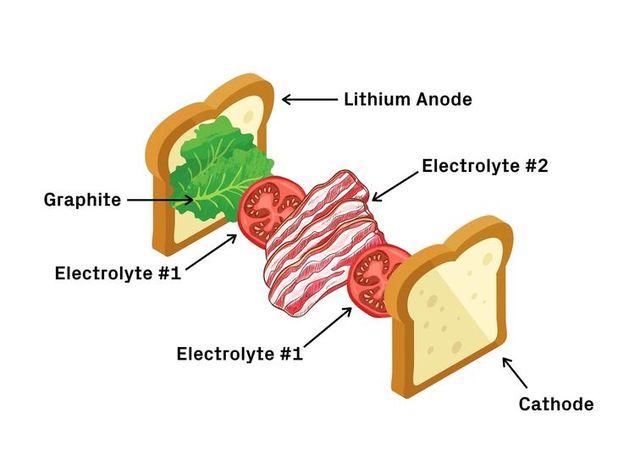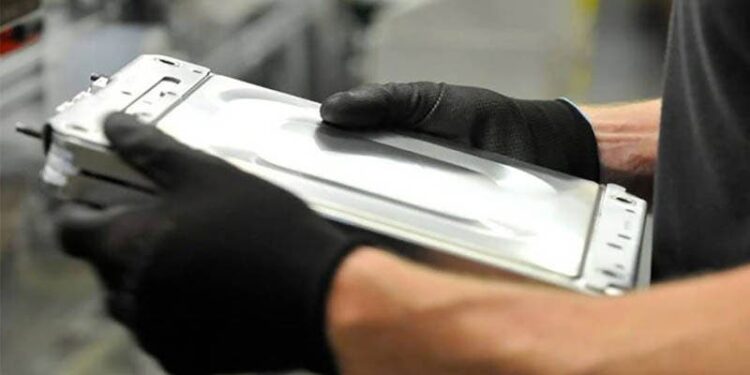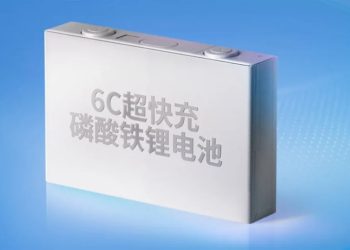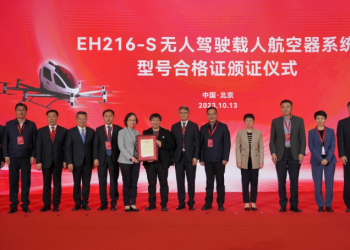Most electric vehicles currently use lithium-ion batteries as the main power source for their mobility. However, an innovative model was recently presented which may be used as a primary option in the near future regarding the desired all-green scenario.
Lithium-ion batteries have many advantages, but an Achilles’ heel spoiling the positive factors: The dendrites, as these pieces get a sharp shape with a considerable edge which may perforate the battery affecting the integrity, shortening its useful life and becoming a problem to be improved.
This new concept is a solid lithium metal battery developed by a group of scientists and researchers from Harvard University who sought to solve this problem by analyzing the dendrite structure and formation, assuring they found a timely answer.
Related Content: ORNL Team Uses Green Solvent to Recover Materials from Spent Lithium-Ion Batteries
Solid Lithium-Metal Battery
The scientists produced a lithium-metal battery using solid-state metals to replace lithium ions, removing completely the dendrites causing so many problems in electric vehicles. In addition, they assure the new proposal makes the energy source more stable than graphite or liquid materials.
The secret behind the problem consists of considering any chemical-level gaps with “dynamically generated breakdowns” to halt dendrite formation, as revealed by a study published in Nature.

“Our multilayer design has a structure of a less stable electrolyte intercalated between more stable solid electrolytes, preventing the growth of lithium dendrites.”
However, there is still a long way to go regarding this research, considering the fact that lithium-metal batteries have also been experimented with in the past, but with no success, as they exploded after becoming unstable, although the Harvard University results are quite promising for the future.
“This battery technology could increase the electric vehicle lifetime from 10 to 15 years without replacing the battery, even for gasoline-powered vehicles. Due to its high power density, the battery could clear the way for electric vehicles to be fully charged in 10 to 20 minutes,” noted the Harvard press release.
Written by | Ronald Ortega



















